“The manufactured aluminum parts get a protective and appealing finish with a black anodizing process. It offers a black matte finish with increased corrosion, wear, and abrasion resistance.”
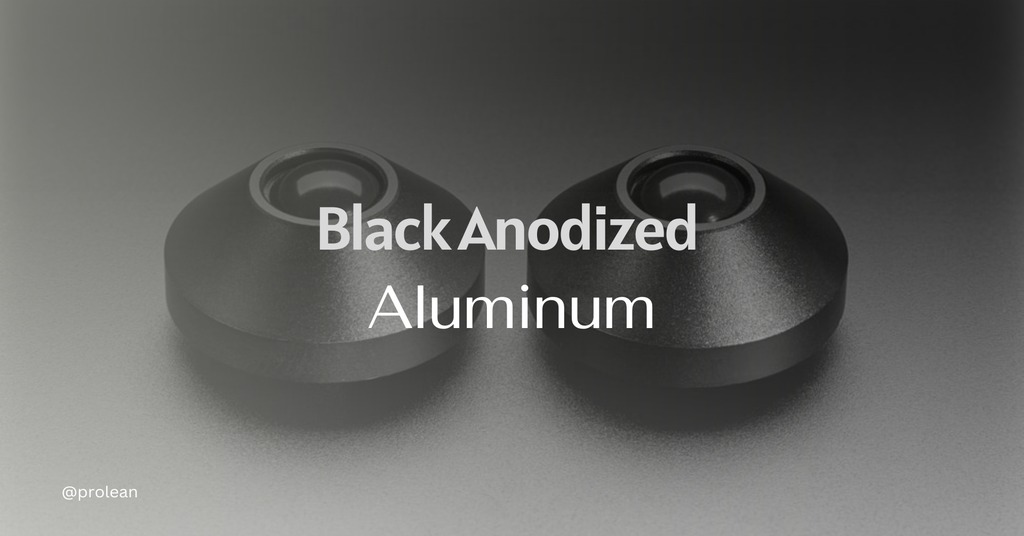
Black anodizing is a more specific process that involves anodizing an aluminum part and then dyeing it black. It is necessary to differentiate this from black oxide coating, which is unsuitable for aluminum materials.
Aluminum anodizing improves aluminum’s surface hardness, wear, and corrosion resistance. When the anodized layer is dyed black, it gains other advantages, like better ability to absorb light and better heat dissipation. This article will provide information on black anodizing and will also discuss how the process is done, the benefits of black anodizing, and the disadvantages of the process.
What Is Black Aluminum Anodizing Process?
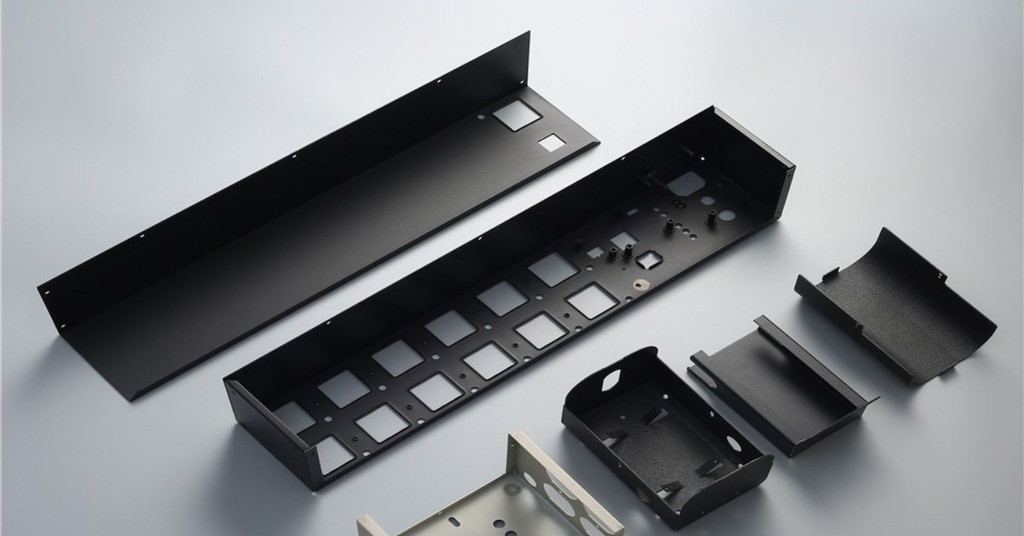
Black anodized aluminum
Black anodizing is an electrochemical process that forms a protective oxide layer on aluminum components and then dyes the part black for a uniform, smooth look. This process significantly improves aluminum’s strength, corrosion protection, and aesthetic appearance, which is why it is widely used in many fields. The anodized layer formed is hard and wear-resistant, allowing the aluminum components to endure the challenges of their respective applications.
Try Prolean Now!
How To Anodize Aluminum? A Step By Step Guide
Black anodizing starts with the normal anodizing process, and then the anodized aluminum is immersed in black dye through the pores of the formed aluminum oxide layer. Here are the steps involved in creating the aluminum anodized colors.
The process is carried out in the following steps;
- Anodizing
The aluminum part is immersed in an acid electrolyte solution, becoming the cell’s anode. An electric current is passed through the bath, and oxygen molecules interact with the aluminum surface. This reaction produces a layer of aluminum oxide on the surface that goes into the aluminum and forms a porous layer.
- Dyeing
The aluminum surface becomes semi-porous after anodizing and is now prepared to take the black dye. There are three main techniques for dyeing anodized aluminum black: There are three main techniques for dyeing anodized aluminum black:
2.1. Electrolytic Dyeing
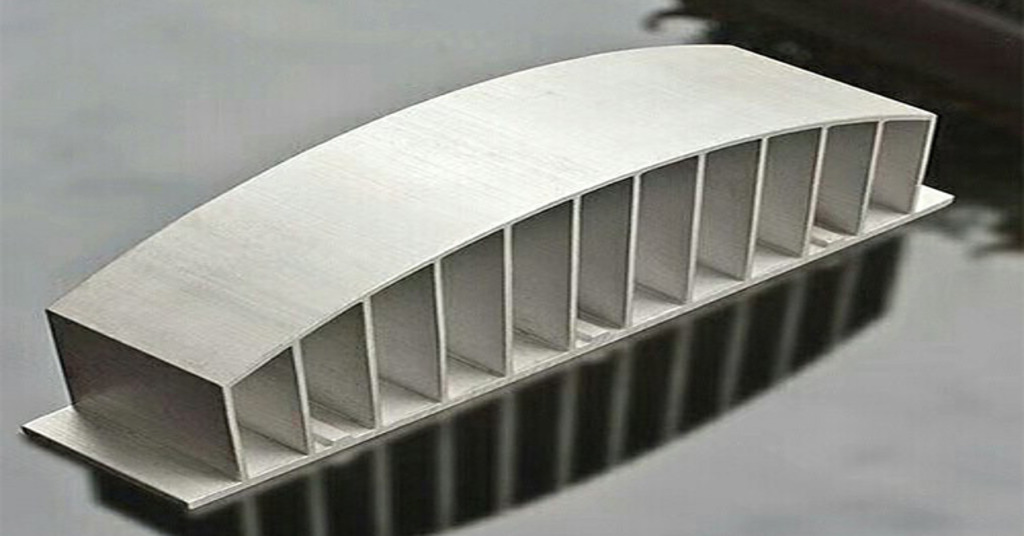
Aluminum electrolytic dyeing
In this method, the anodized aluminum part is immersed in the second electrolysis bath with heavy metal salts and a stainless steel electrode. The aluminum part is the cathode of the battery. During electrolysis, metal salts such as tin, nickel, or cobalt are precipitated into the pores of the aluminum oxide layer. This technique is famous for creating parts with good color fastness.
2.2. Inorganic Dyeing
Inorganic dyes are insoluble in water and provide excellent fastness to the colored materials. For instance, cobalt sulfide can be employed to color anodized aluminum black. This method also helps to make the color more permanent and not fade quickly, as is usually the case.
2.3. Organic Dyeing
Water soluble organic dyes must be dissolved in warm water before application, making them time-consuming. The anodized aluminum part is placed in the dye bath and the dye is able to penetrate through the pores of the aluminum. The extent of black color development is directly proportional to the time the fabric spends in the dye bath.
- Sealing
Sealing is the last process carried out during the black anodizing process. This involves sealing the pores in the aluminum oxide layer to retain the black dye. The part is usually dipped in a nickel acetate or acid bath to aid in the process of hardening the coating. Sealing is done to prevent the dye from washing out and to ensure that the color lasts longer.
Thus, the following steps can create a black, corrosion-resistant, durable surface on aluminum components for different uses.
Types of Anodizing Materials Commonly Available For Aluminum?
The most common black anodized aluminum types include;
Type I: Chromic acid anodizing
Type I is also known as chromic acid anodizing and involves using chromic acid as the electrolyte solution. This is suitable for use where a very slim layer of protection against corrosion is required. However, this type does not create a hard-wearing or deep black surface like Type II or III, which means it is not ideal for creating a dark black appearance.
Type II: Sulfuric Acid Anodizing
Sulfuric acid anodizing, or Type II, is the most frequently used process. This process is similar to Type I but creates a denser oxide layer using a sulfuric acid electrolyte solution. It provides a hard-wearing surface with good anti-corrosive properties. Type II anodizing can produce a range of colors based on the dye used and can produce black.
Type III: Hard Anodizing or Hardcoat Anodizing
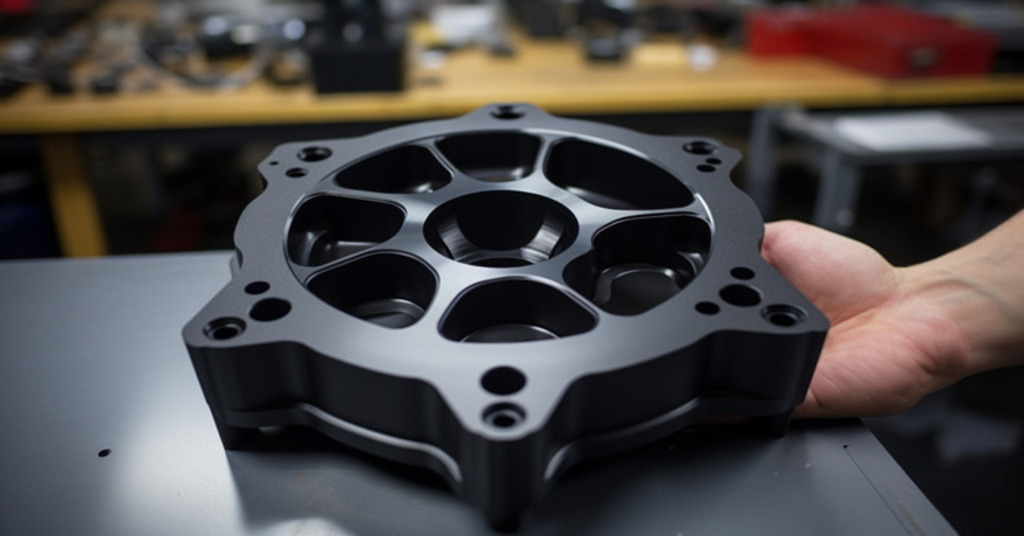
Hard coat anodizing
The third type is known as Type III, or hard anodizing or hard coat anodizing, which forms the thickest and strongest oxide layer. This process uses higher current densities and lower temperatures to produce a hard, wear-resistant layer. Hard anodized aluminum is ideal for use in industries that require challenging parts and are resistant to corrosion and wear.
PTFE (Teflon) Impregnated Anodizing
This process involves using polytetrafluoroethylene (PTFE), called Teflon, in the anodized layer. PTFE-impregnated anodizing gives a low-friction, non-stick surface, which is useful in applications where low friction and wear are critical. This technique can be used together with black anodizing to give a black surface finish with improved performance attributes.
Different types of black anodizing can be selected to fulfill specific performance and appearance needs for the intended application.
Pros of Black Anodized Aluminum Process
The following benefits can be noted when comparing black anodized aluminum with untreated aluminum.
Easy Maintenance
Black anodized aluminum is effortless to maintain. It is not easily worn out or damaged by handling, installation, or cleaning. It is often sufficient to wash it with water and a mild soap to bring back its look. In case of intricate stains, mild abrasive cleaners can be used not to harm the item’s surface.
Better Corrosive Protection:
Another benefit of black anodized aluminum is that it provides better corrosion protection than regular aluminum. Aluminum itself does not rust, but it is vulnerable to corrosion by air, salt, moisture, and other corrosive agents. The anodized layer gives a thick oxide layer that significantly minimizes the chances of corrosion.
Ease of Dyeing
Black anodized aluminum is dyed to give it different colors, unlike typical aluminum. Anodizing forms a rough surface that can easily take up dye hence the colors that can be produced are far more than those produced by painting. This is a big plus compared to the natural chromium-like shine of the bare aluminum surface.
Lubrication
The anodizing process forms a rough surface on the aluminum, and the rough surface is suitable for holding lubricants. This makes black anodized aluminum easy to lubricate. Unlike regular aluminum, it has a smooth surface that cannot hold lubricating films or oils.
Superior Adhesion
Anodized parts of aluminum have a porous oxide surface which makes it have a better adhesion for primers and adhesives. These pores enable the penetration of liquids, primers, and adhesives into them, which improves the bonding process. This makes black anodized aluminum sheets perfect for any application where there is a need for a strong bond.
Aesthetic Appearance In Anodized Parts
Anodizing aluminum gives one a range of colors and gloss levels without losing the metal look. The process minimizes or eradicates color differences that are common in other types of coatings and gives a uniform and beautiful finish that is superior to other types of coatings. Health and Safety The anodizing process is safe and non-toxic. The anodized finish is also stable, heat resistant, and does not decompose, hence making it safe to use in different applications. Also, the process strengthens the naturally formed oxide layer and does not generate toxic compounds.
Energy Efficiency
Aluminum is a good conductor of electricity, and an anodic coating provides an insulating layer. These can be employed to develop systems and equipment that are energy efficient. For instance, metal can be used for conduction and construction needs, while anodized layers offer the needed insulation. These advantages make black anodized aluminum a very useful and sought-after material in various industries.
Try Prolean Now!
Drawbacks of the Black Anodized Aluminum Process
Although black anodized aluminum has many advantages, it also has some drawbacks that should be considered.
Complex Process
Anodizing is complex and involves thorough cleaning and preparation of the aluminum before anodizing and dyeing. If the process is not controlled properly, the outcome is usually poor coverage and inadequate protection. Black anodization is a delicate process that requires highly trained personnel and quality equipment to produce high-quality parts.
Susceptibility to Fading
Black anodized aluminum can also fade over time, especially if it is used in an outdoor setting. Organic dyes, which are commonly employed in the dyeing process, are very sensitive to UV light and cannot endure the effects of UV light for long. Also, if the anodic coating is thin or the sealing is not good, the color may wash out or bleed under strong light. For the color to last as long as possible, the dyes used have to be of the best quality, and the sealing methods used have to be very strong.
Surface Cracking
Thermal cycling can also lead to failure of the anodic coating of black anodized aluminum. The thermal expansion coefficients of the aluminum substrate and the anodic coating are not the same and this can result in the formation of cracks on the surface of the anodic coating.
Material Constraints
Black anodizing only applies to certain metals, mainly aluminum, magnesium, and titanium anodizing. In addition, not all the aluminum alloys can be anodized. The process is generally successful for aluminum series 5, 6, and 7, with series 6 being the most popular. This limitation limits the use of black anodizing to specific types of aluminum alloys.
Nevertheless, black anodized aluminum is widely used in various applications because of its improved hardness, corrosion protection, and appearance. Nonetheless, it is vital to comprehend these issues in order to enhance the durability and efficiency of black anodized aluminum components
.
Comparing Black Oxide Coating and Black Anodizing
There is always a question of which is better, black oxide coating or black anodizing among the manufacturers. Below are the comparisons between the two processes.
Black Oxide Coating
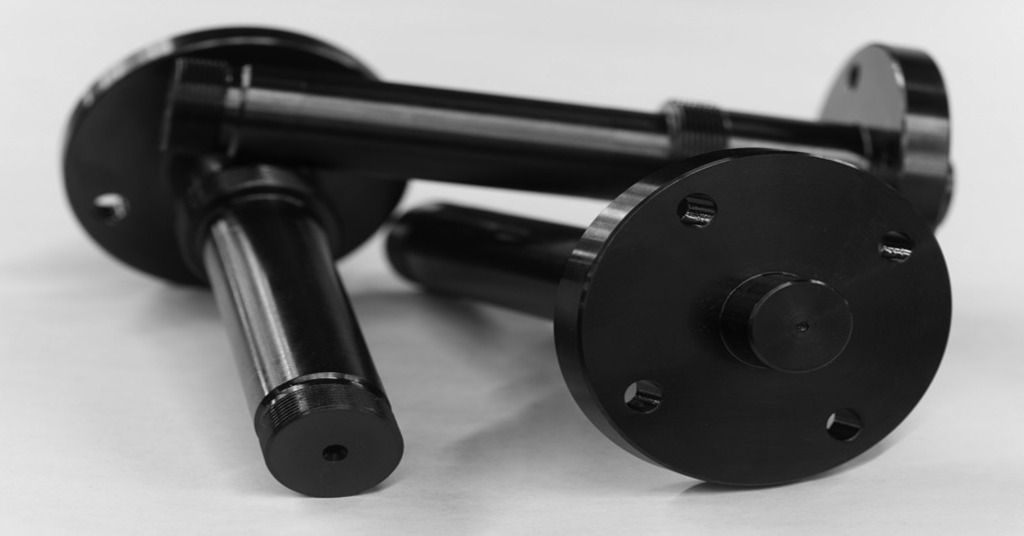
Black oxide finishing
Also referred to as blackening, black oxide coating is applied on ferrous metals, stainless steel, copper-based alloys, copper, zinc, and silver solder. It provides a moderate level of corrosion protection, anti-reflective properties, and aesthetic appeal to metals. Black oxide coating involves a chemical conversion process, and it is available in three types based on application temperature: hot, mid-temperature, and cold.
Black Anodizing
Black anodizing is an electrochemical process used to enhance aluminum’s look and strength. It creates a surface layer that is very protective against the environmental conditions. For optimum results, the aluminum surfaces must be well cleaned, with no contaminants on the surface, and well dried before anodizing.
Both processes are beneficial and are used depending on the material and its intended use. Knowledge of these differences assists the manufacturers in choosing the most suitable method that meets their needs.
Applications of Black Anodized Finish
Here are typical applications of black anodized finish.
- Architectural Enhancements: Black anodized finish is very popular in architectural uses for exterior building products such as windows, gutters, garage doors, decorative moldings, signs, railings, and doors. It is preferred for both its aesthetics and its performance and is long-lasting.
- Automotive Components: In the automotive industry, black anodized finish is used for many parts because of its ability to withstand weather and chemical factors. Some of these are speaker grills, pedals, shifters, and grille accents. The black coating not only adds aesthetic value but also protects the harsh environment of automotive applications.
- Medical Equipment: Black anodized finish is very appropriate for use in medical supplies and equipment. It is also sterile, corrosion resistant, and impact-resistant; it is used in items like wheelchairs, walking sticks, medical instruments, and oxygen tanks to ensure that they are long lasting and reliable in the medical field.
- Electronic Enclosures: Electronics are suitable for black anodized aluminum because it is light, a good conductor of heat, and reusable. Smartphone, tablet, laptop, and stereo equipment’s electronic housings are made using a black anodized finish for both look and performance.
- Industrial Machinery: Black anodized finish is widely applied in the industrial field for equipment and machinery parts. Besides being chemically and abrasion resistant, the material also has good mechanical properties; it is used in making valves, rollers, pulleys, gaskets, and caps, among others, to withstand rigorous industrial use.
Surface Finishing Options Available at Prolean
Explore the elegance and sturdiness of black anodizing with Proleantech’s excellent surface finish solutions. Our black anodizing process not only gives a rich look to aluminum and other metals but also increases corrosion and wear resistance, which makes the process of maintenance very easy.
At Proleantech, our machining and part-finishing services are designed to suit your needs and give you the best results. This commitment to quality means that the surface finish is long-lasting and comes in a variety of bright colors. Do not wait – contact us now to learn more about alodine vs anodize, and explore the best solution for your projects and quality anodizing service offered by Proleantech.

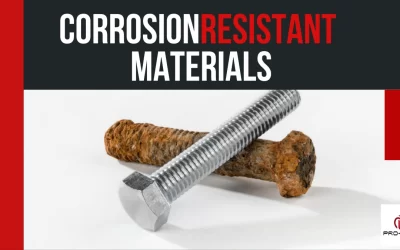
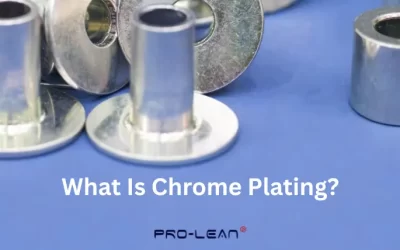
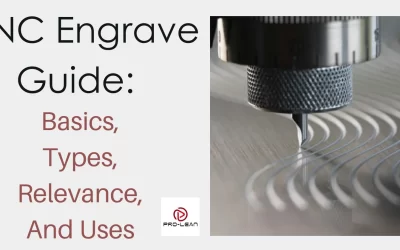
0 Comments